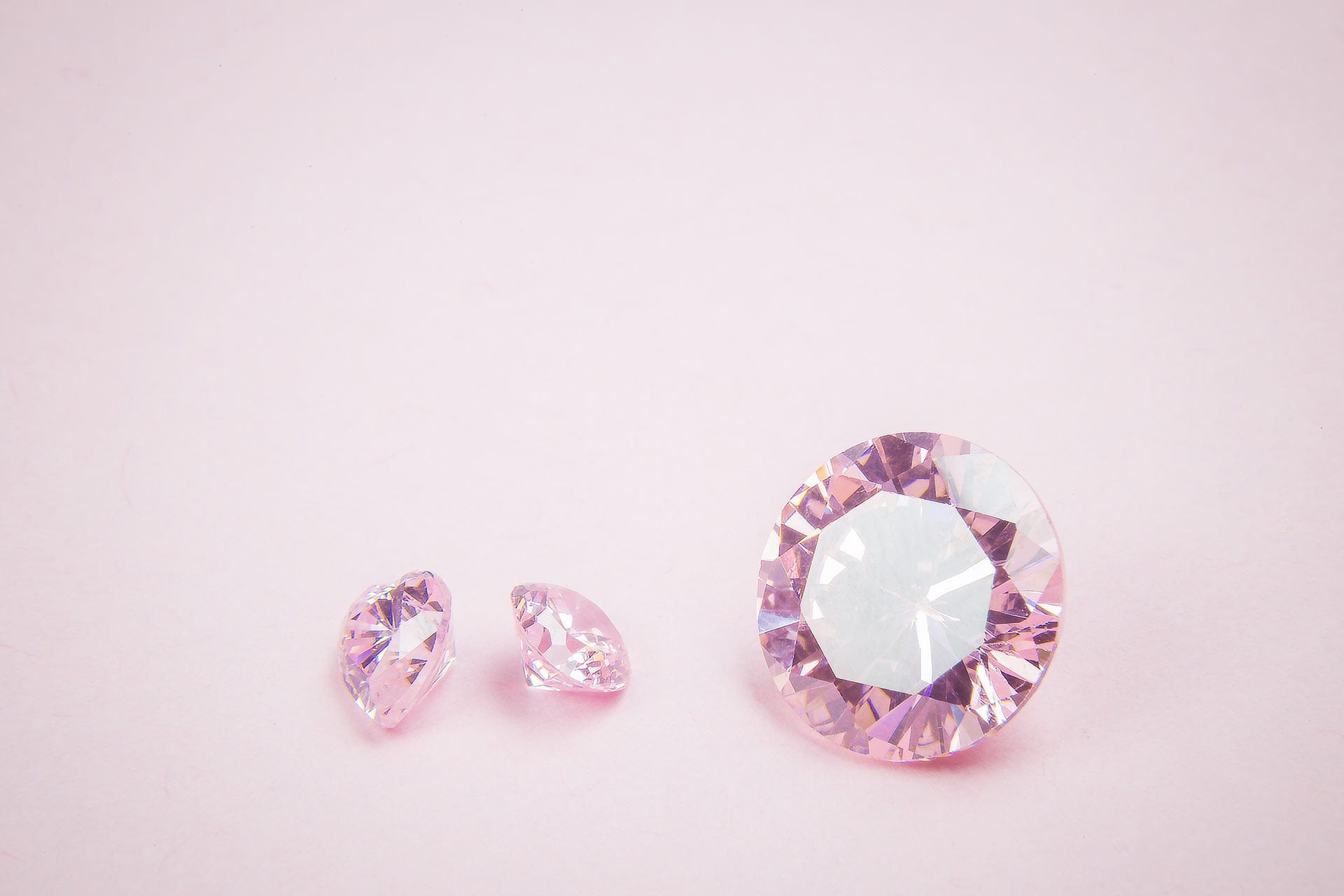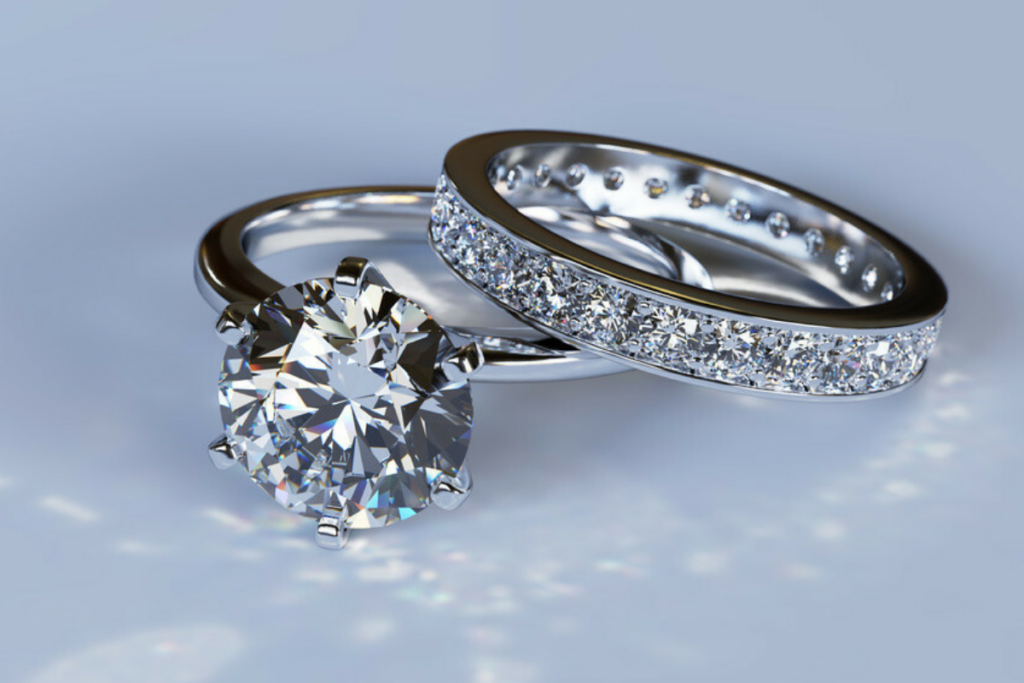
Diamonds have captivated humanity for centuries with their unparalleled brilliance and enduring symbolism. In recent years, lab grown diamonds have emerged as a popular alternative to natural diamonds. This article delves into the key differences between lab grown diamonds and real diamonds, providing an in-depth analysis of their origins, characteristics, costs, environmental impact, and more.
Origins and Formation
Natural Diamonds
Natural diamonds are formed deep within the Earth’s mantle under extreme heat and pressure over billions of years. These precious stones are brought to the surface through volcanic eruptions, making their way into kimberlite pipes. The rarity and age of natural diamonds contribute significantly to their allure and value.
Lab Grown Diamonds
Lab grown diamonds, also known as synthetic or cultured diamonds, are created in controlled laboratory environments. There are two primary methods for producing lab grown diamonds:
- High Pressure High Temperature (HPHT): This method simulates the natural diamond formation process by subjecting carbon to high pressures and temperatures.
- Chemical Vapor Deposition (CVD): In this process, a carbon-rich gas is heated to high temperatures in a vacuum chamber, causing carbon atoms to deposit onto a substrate and form a diamond.
Lab grown diamonds can be produced in a matter of weeks or months, offering a more efficient and cost-effective alternative to natural diamonds.
Physical and Chemical Properties
Identical in Composition
Both lab grown and natural diamonds are composed of pure carbon arranged in a crystal lattice structure. This means that, chemically and physically, they are virtually identical. Lab grown diamonds exhibit the same hardness, refractive index, and thermal conductivity as natural diamonds.
Inclusions and Imperfections
Natural diamonds often contain inclusions and imperfections that are a result of their formation process deep within the Earth. These can include trace minerals, internal fractures, and other anomalies.
Lab grown diamonds can also have inclusions, though these are typically different in nature. For example, HPHT diamonds may have metallic inclusions, while CVD diamonds might show graphite or other carbon-based inclusions. However, advancements in technology have allowed for the production of nearly flawless lab grown diamonds.
Cost and Pricing
Affordability of Lab Grown Diamonds
One of the most significant differences between lab grown and natural diamonds is their cost. Lab grown diamonds vs real diamonds are generally 20-40% less expensive than their natural counterparts. This price difference is due to the controlled production environment, shorter formation time, and the absence of the complex supply chain associated with mining natural diamonds.
Value Retention
Natural diamonds tend to hold their value better over time compared to lab grown diamonds. The rarity and historical significance of natural diamonds contribute to their lasting value. In contrast, lab grown diamonds, being more abundant and produced more quickly, may not appreciate in value in the same way.
Environmental and Ethical Considerations
Environmental Impact
Natural diamond mining has a substantial environmental impact. It involves large-scale excavation, which can lead to deforestation, soil erosion, and habitat destruction. Additionally, the mining process consumes vast amounts of energy and water, contributing to environmental degradation.
Lab grown diamonds, on the other hand, have a significantly lower environmental footprint. The production process uses less land, water, and energy, and does not involve the ecological disturbances associated with mining. Many lab grown diamond producers also utilize renewable energy sources, further reducing their environmental impact.
Ethical Issues
The natural diamond industry has faced scrutiny for issues related to conflict diamonds, lab created diamonds, which are diamonds mined in war zones and sold to finance armed conflict against governments. While efforts like the Kimberley Process Certification Scheme have been implemented to curb the trade of conflict diamonds, concerns still exist.
Lab grown diamonds offer a conflict-free alternative, as their production does not involve the human rights abuses associated with some diamond mining operations. Consumers seeking ethically sourced gemstones often prefer lab grown diamonds for this reason.
Aesthetic Differences
Visual Inspection
To the naked eye, lab grown diamonds and natural diamonds are nearly indistinguishable. Both types exhibit the same brilliance, fire, and scintillation that diamonds are renowned for. Only with specialized equipment can gemologists differentiate between lab grown and natural diamonds by examining the growth patterns and inclusions.
Certification and Grading
Both lab grown and natural diamonds can be graded by reputable gemological laboratories such as the Gemological Institute of America (GIA) and the International Gemological Institute (IGI). These institutions evaluate diamonds based on the 4Cs: Carat, Cut, Color, and Clarity. The certification ensures that consumers receive accurate information about the quality of their diamonds, whether natural or lab grown.
Market Trends and Consumer Preferences
Rising Popularity of Lab Grown Diamonds
The market for lab grown diamonds has seen significant growth in recent years. Increasing awareness of environmental and ethical issues, coupled with the affordability of lab grown diamonds, has driven consumer interest. Younger generations, particularly millennials and Gen Z, are more inclined to choose lab grown diamonds due to their sustainability and ethical appeal.
Traditional Appeal of Natural Diamonds
Despite the rise of lab grown diamonds, natural diamonds continue to hold a timeless appeal. They are often associated with significant life events such as engagements, weddings, and anniversaries. The perception of natural diamonds as rare and unique treasures contributes to their enduring popularity.
Conclusion
Both lab grown diamonds and natural diamonds offer unique advantages, catering to different consumer preferences and values. Lab grown diamonds provide a more affordable, environmentally friendly, and ethically sourced option, appealing to modern, conscientious consumers. Natural diamonds, with their historical significance, rarity, and value retention, continue to be cherished as timeless symbols of love and luxury.
Ultimately, the choice between lab grown and natural diamonds depends on individual priorities and values. By understanding the differences and benefits of each, consumers can make informed decisions that align with their personal beliefs and desires.


